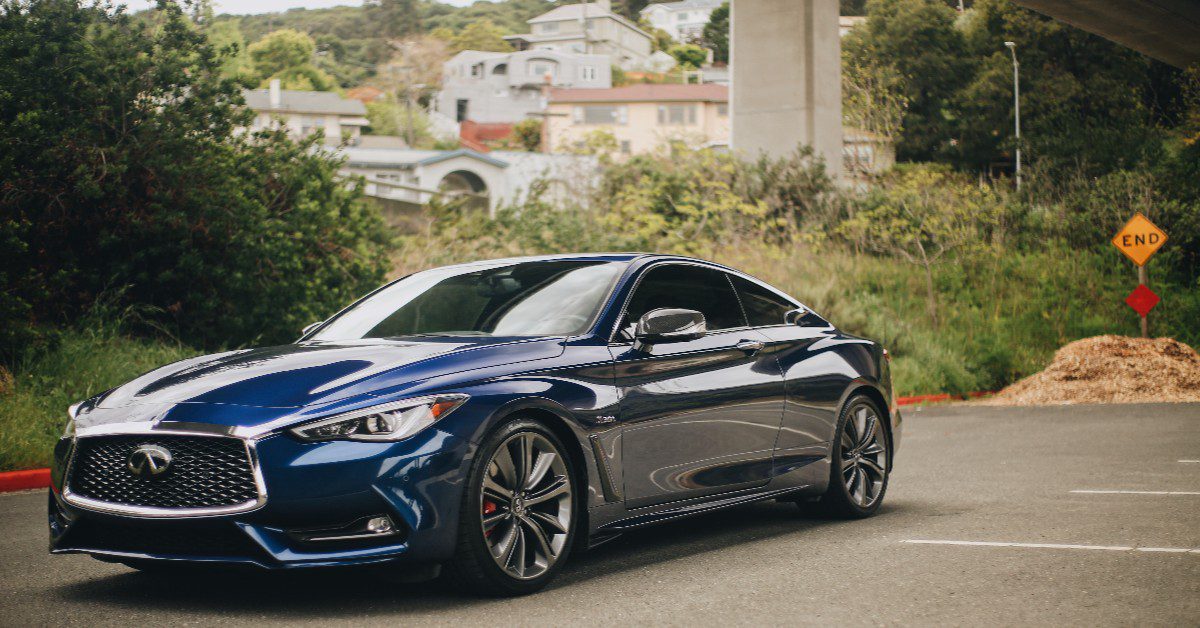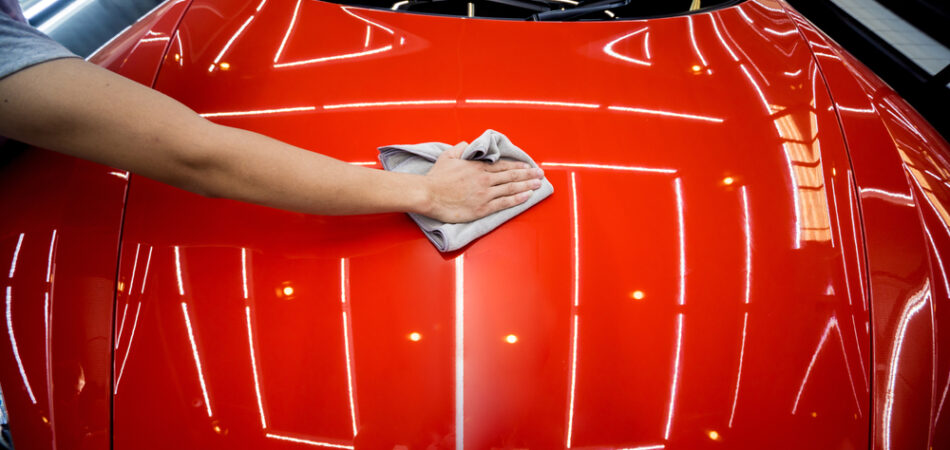Ceramic Coating vs. Typical Wax: Which is Right for Your Vehicle?
Ceramic Coating vs. Typical Wax: Which is Right for Your Vehicle?
Blog Article
The Role of Ceramic Finish in Protecting Your Car's Paint From Environmental Damage
Ceramic coating has emerged as an innovative solution for automobile owners looking for to protect the stability of their car's exterior. By developing a durable chemical bond with the paint, this sophisticated technology supplies a powerful barrier against numerous ecological risks, such as UV rays, acid rainfall, and pollutants. Understanding the detailed advantages and the complexities of the application procedure is essential for optimizing its performance. As we explore the nuances of ceramic layer, it ends up being obvious that the selection to implement this safety action could substantially affect your vehicle's durability and visual.
What Is Ceramic Finish?
Ceramic covering is a sophisticated fluid polymer related to the external surface areas of a car, made to supply a sturdy layer of protection for the paint. This innovative service creates a chemical bond with the vehicle's factory paint, developing a resilient and hydrophobic shield. The finishing consists of nanoparticles that complete the microscopic flaws in the paint, leading to a smooth surface area that improves gloss and shine.
Usually, ceramic finishes are readily available in different formulas, enabling for various degrees of security and durability. While some products can last for numerous months, others offer protection for a number of years, depending upon the thickness of the application and environmental elements. The application process requires meticulous preparation, consisting of cleaning, decontaminating, and polishing the vehicle's surface area to make certain optimum bond of the finish.

Advantages of Ceramic Layer
Among the primary benefits of using a ceramic covering is the remarkable defense it uses to automobile paint. This advanced finish develops a long lasting layer that guards the automobile's surface from a range of environmental risks, including UV rays, acid rain, bird droppings, and tree sap. By offering this robust protection, ceramic layers significantly lower the threat of fading and etching, maintaining the vehicle's aesthetic charm with time.
In addition to security, ceramic coatings are renowned for their hydrophobic buildings, which fend off water and dust, making it less complicated to maintain a tidy car. This self-cleaning result reduces the frequency of washing, conserving both time and sources. Furthermore, ceramic finishings improve the deepness of the paint's gloss, causing a vibrant and refined look that elevates the overall appearance of the vehicle.
Another notable benefit is the longevity of ceramic coverings. Unlike standard waxes or sealants that need regular reapplication, ceramic finishes can last a number of years, using a cost-efficient remedy for vehicle owners seeking long-term protection. Overall, investing in ceramic coating leads to boosted durability, reduced maintenance, and sustained visual appeal for automobile paint.
Exactly How Ceramic Finish Functions
A ceramic coating operates through a chemical bonding process that develops a safety layer on the lorry's paint surface area. This ingenious service utilizes innovative nanotechnology, where microscopic particles of silica are suspended in a fluid type - ceramic coating. Upon application, these bits bond with the factory paint, forming a hydrophobic and long lasting layer that improves the automobile's surface area
The primary element of ceramic finishings, silicon dioxide (SiO2), adds to the finishing's stamina and strength. When healed, the coating transforms into a difficult, glass-like coating that guards the paint from ecological contaminants such as dust, UV rays, bird droppings, and tree sap. This molecular bond leads to a surface that is not only resistant to scratches yet likewise easier to clean up, as dust and gunk are much less likely to adhere.
In addition, the hydrophobic residential properties of ceramic coatings cause water to grain and slide off, decreasing the chances of water areas and mineral down payments. This protective barrier successfully extends the life of the paint and preserves the vehicle's visual allure, offering automobile owners a durable option for paint defense.
Application Refine of Ceramic Finish
When taking into consideration the application of ceramic finish, prep work is essential to achieving optimal outcomes. The initial step involves extensively cleaning the car to remove dust, gunk, and contaminants from the surface area. This usually consists of a decontamination procedure utilizing clay bars or chemical cleaners to make sure the paint is perfectly clean. Any kind of blemishes or scrapes ought to be resolved at this stage, as the finishing will certainly bond with the surface important link area underneath.

Ceramic finish is then applied in small areas, typically making use of an applicator pad. It is critical to operate in also strokes, guaranteeing uniform coverage. The layer needs to be permitted to treat for a specified time, which can differ relying on the product used. After the first application, a high-grade microfiber towel is made use of to buff the surface, boosting gloss and making sure a smooth finish. The vehicle ought to be left to treat in a controlled atmosphere to enable the finishing to completely bond with the paint.
Long-Term Upkeep and Care
Accomplishing a successful ceramic finishing application sets the foundation for lasting security, yet proper upkeep is crucial to protecting its benefits. Regular cleaning is necessary; using a pH-neutral automobile hair shampoo will certainly aid maintain the covering's stability without triggering damages. Stay clear of automated car washes that use rough materials, as they can jeopardize the finish's surface area.

Moreover, using a ceramic coating maintenance spray can boost the existing visit this site layer, offering an added boost in defense and luster. It's advisable to do this every three to 6 months, depending on ecological exposure.
Last but not least, auto parking in shaded areas or making use of vehicle covers can protect against extended direct exposure to hazardous UV rays and ecological contaminants, additionally extending the life of your ceramic finish. By adhering to these maintenance practices, you can guarantee your lorry's coating stays secured and visually appealing for years to come.
Verdict
In recap, ceramic finish works as an important protective action for auto paint, successfully protecting cars from a range of ecological hazards. Its capability to create a durable hydrophobic obstacle not only boosts visual charm but additionally substantially reduces the frequency and intensity of maintenance required. The durable nature of this innovative polymer highlights its value in maintaining automobile integrity and look, eventually adding to an extra visually enticing and resilient automotive surface.
Ceramic covering is an innovative liquid polymer used to the outside surface areas of a car, developed to supply a durable layer of security for the paint. Ceramic coverings boost the depth of the paint's gloss, resulting in a vibrant and polished appearance that boosts the overall appearance of the lorry.
A ceramic finishing runs via a chemical bonding process that produces a safety layer on the car's paint surface area.The main element of ceramic layers, silicon dioxide (SiO2), contributes to the finish's strength and durability.In summary, ceramic layer serves as a crucial safety measure for automobile paint, properly shielding cars from a variety of ecological threats.
Report this page